"I don't like jabs"
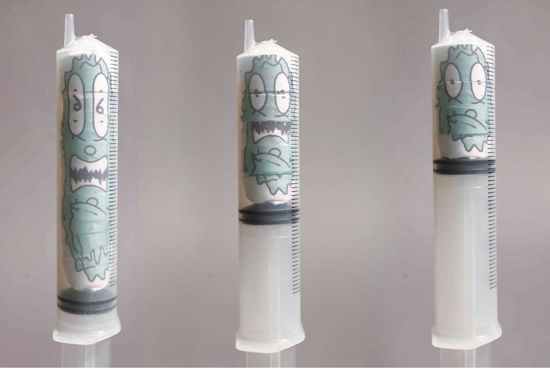
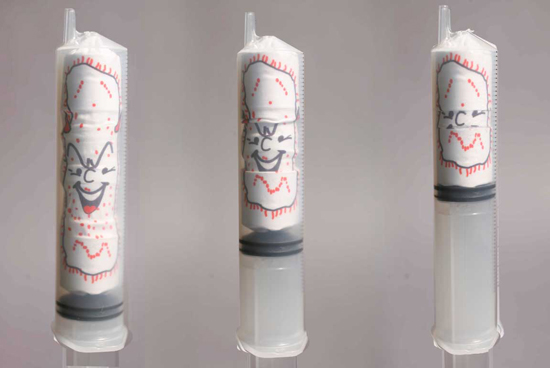
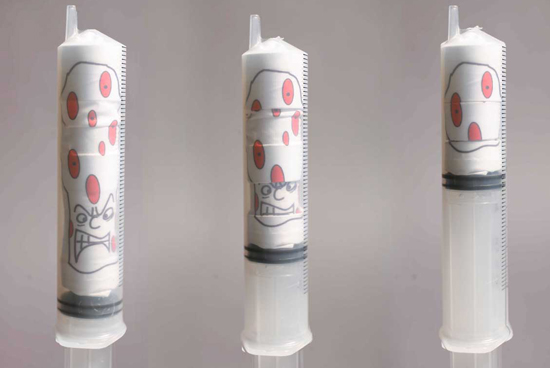
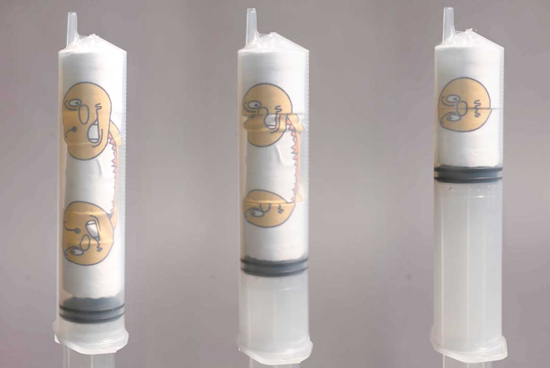
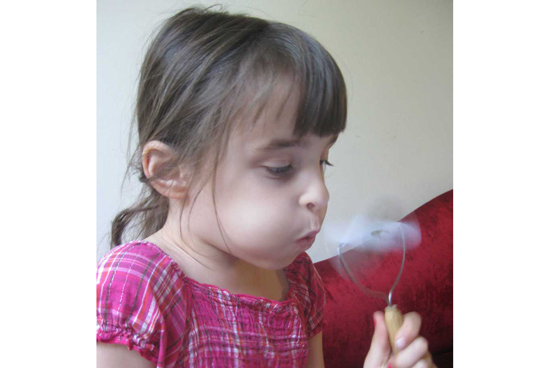
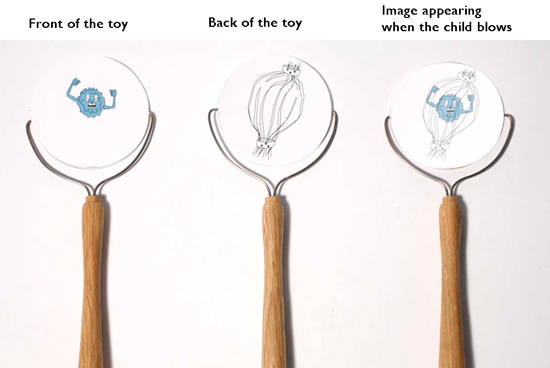
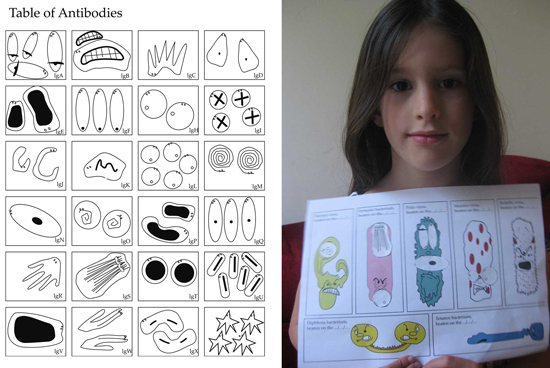
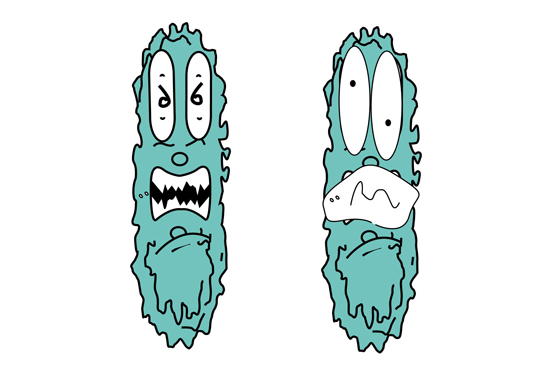
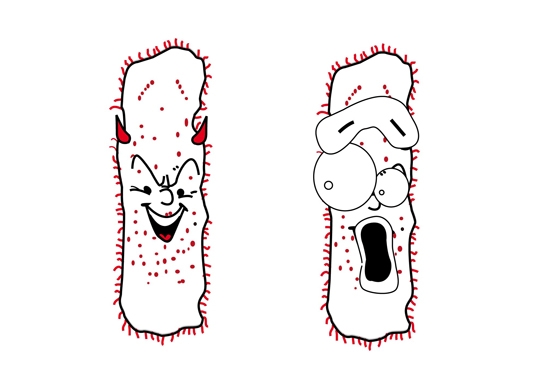
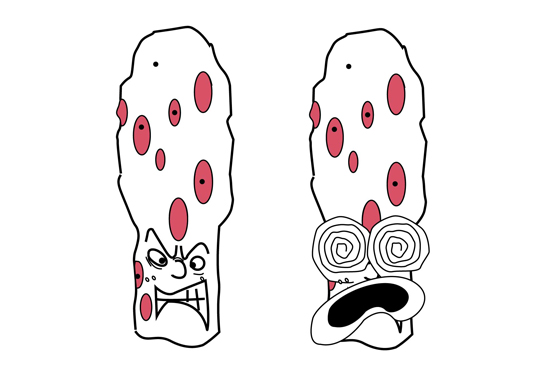
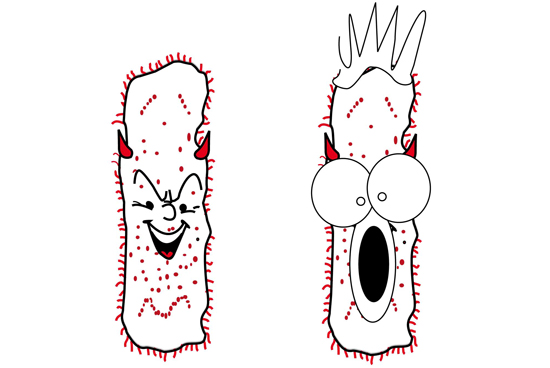
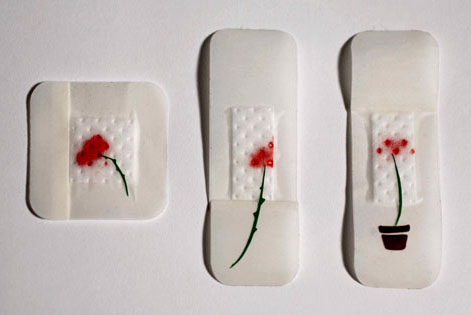
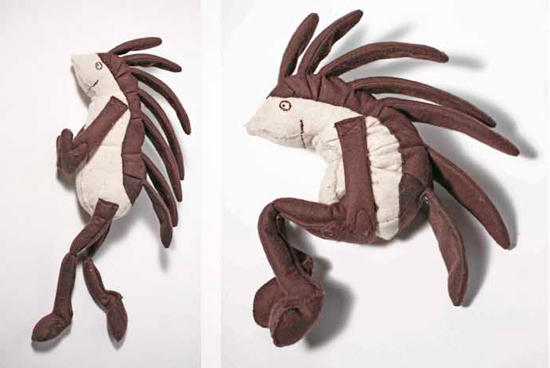
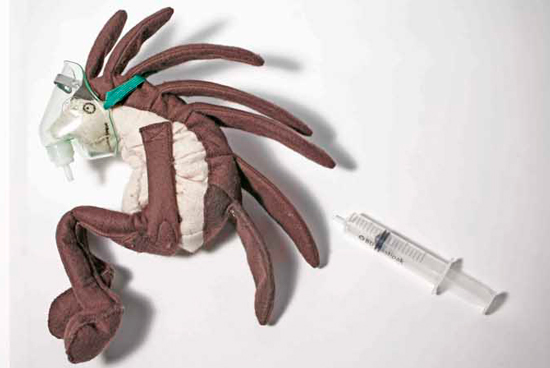
More
The Vaccine
To help the child to understand immunization and the necessity of the vaccine, he is explained the principle through a short story. The syringe-toy helps to support this information. It contains a character representing the virus, when the syringe-toy is pushed, the threatening virus or bacteria is beaten.Distracting a child during a painful medical procedure helps him to decrease the level of his pain feeling. By blowing onto the toy, the child makes it rotates. Thanks to the persistence of vision principle on which the thaumatrope relies, the antibodies seems to be attacking the virus.
As a reward for his courage, the child gets antibodies stickers. He can stick them in his health personal record; onto the drawing of the virus character he was just injected, transforming the threatening face into a beaten one.
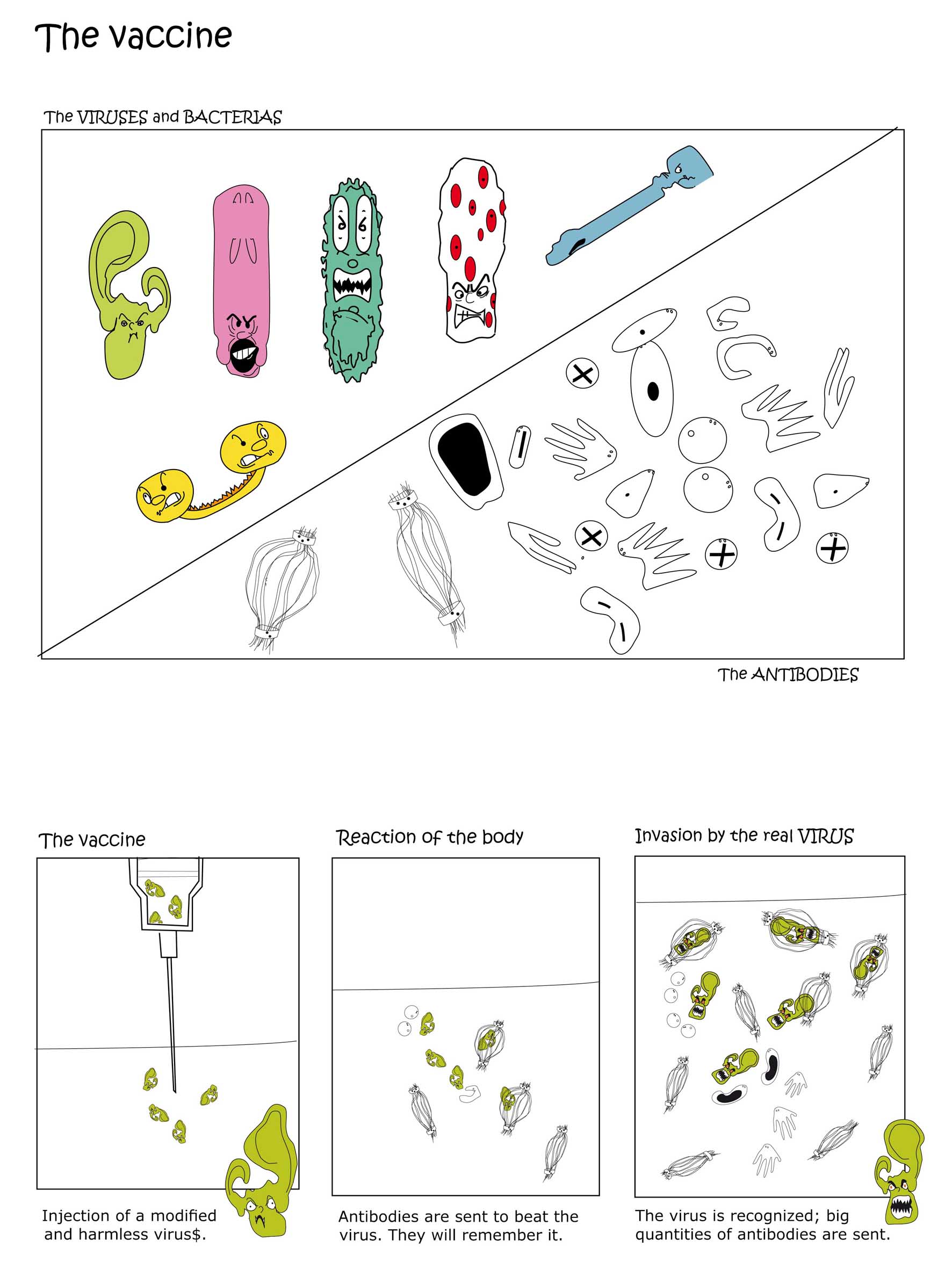
The Blood test
The child is given a graphic story. "Little Ernest does'nt like jabs" explaining the blood test procedure. The story also focuses on imagination in order to give the child another mental vizualisation of the blood test.During the blood test, by blowing onto the toy, the child makes it rotates. Thanks to the persistence of vision principle on which the thaumatrope relies, the rose-syringe which was white becomes red. At the end of the blood test, a red rose blooms on the plaster. This rewards the child for his courage.
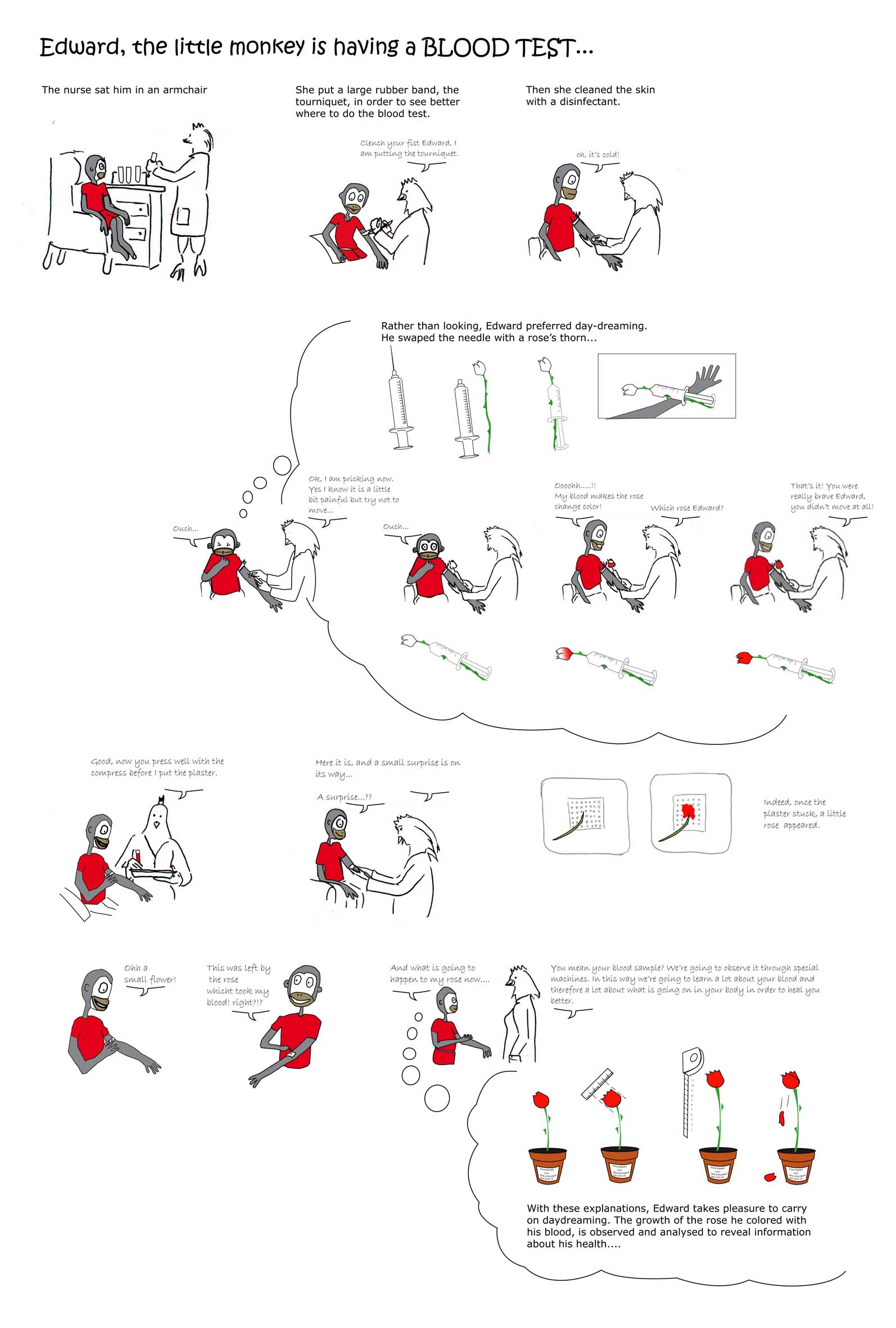
The Lumbar puncture
The most common purpose for a lumbar puncture is to collect cerebrospinal fluid in the case of suspected meningitis. It is an impressive procedure both for the child and the family. A spinal needle is inserted between the lumbar vertebrae and requires the child to take, as much as possible, a fetal position.The child is given a story about a little hedgehog that is having a lumbar puncture. This animal has been chosen specifically because of his spines: when he curls up, they seem to open up in a similar way as human vertebras inside the body when taking a fetal position.
The soft toy can be used by health staff to explain the procedure to the child who can also play with the little hedgehog and mime the procedure in order to better cope with his fears.
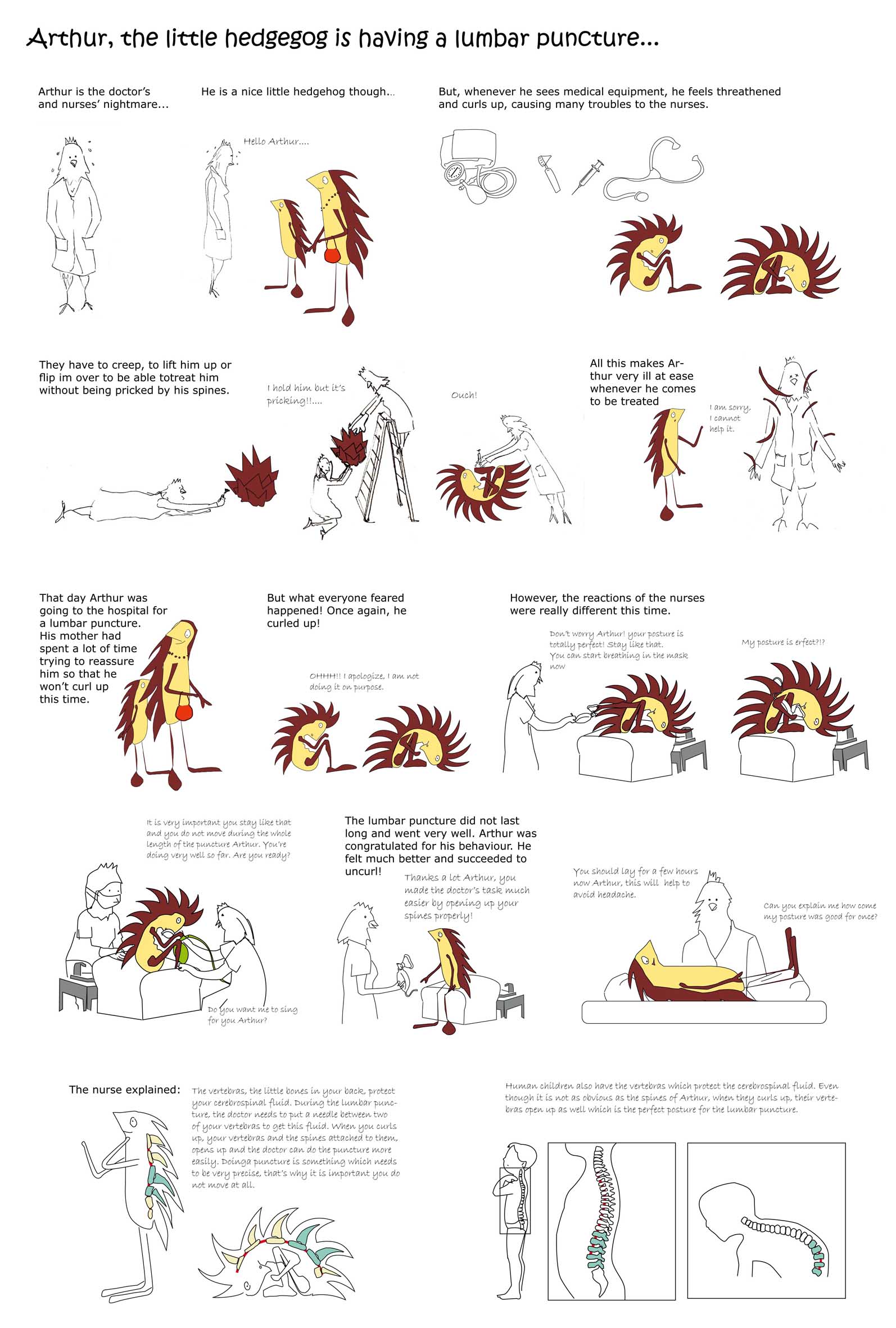
Shortlisted, Helen Hamlyn Design Awards for Creativity
2010


